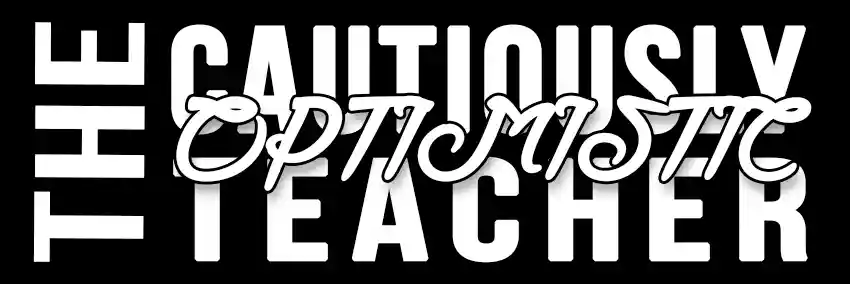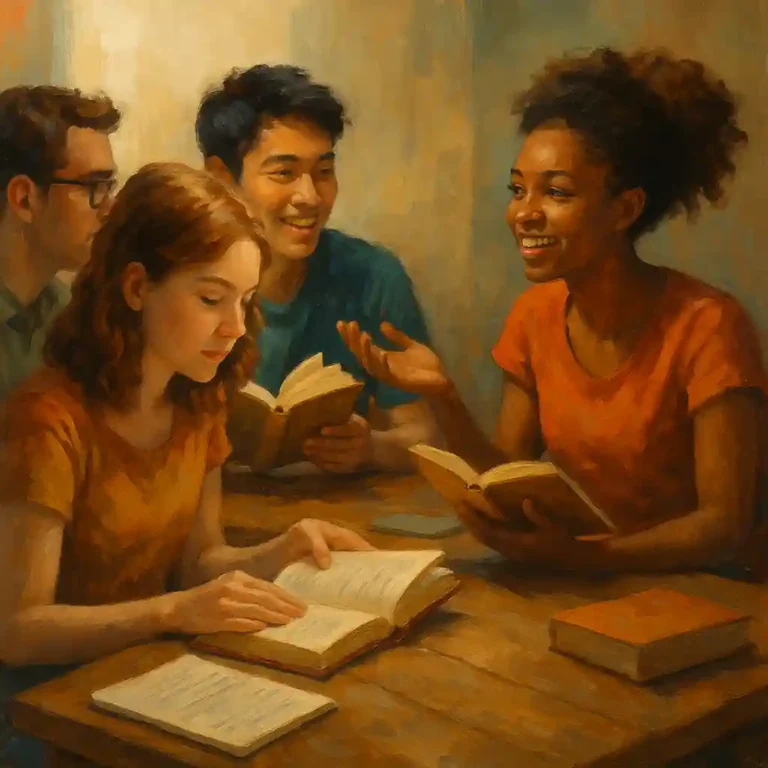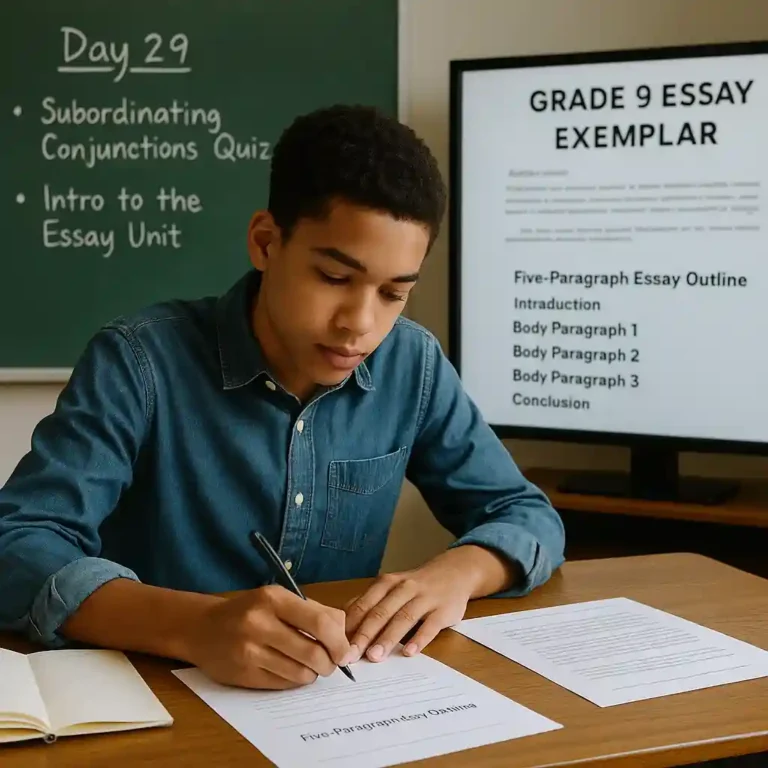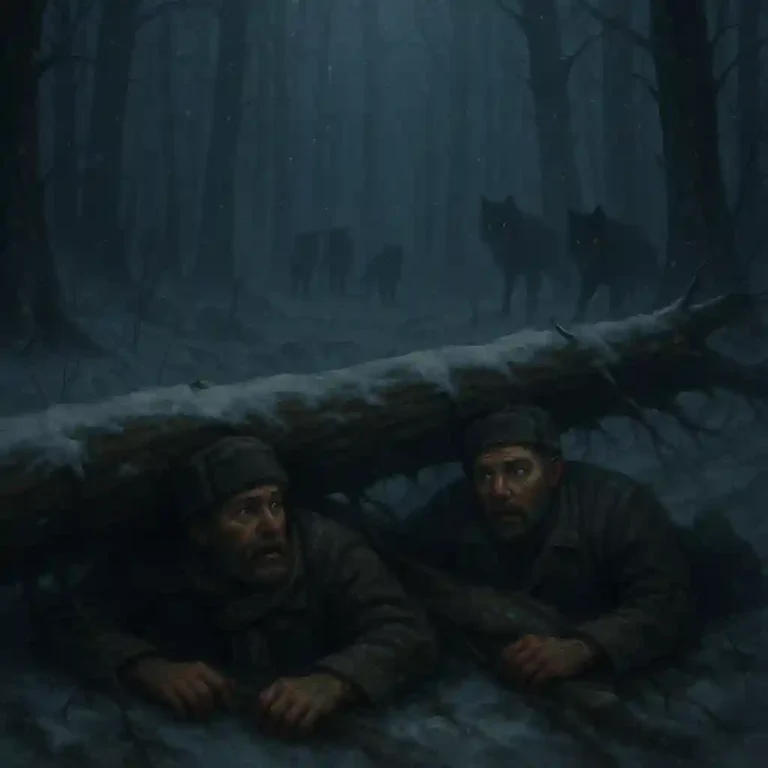Day 3: Teaching Plot Lesson Plan for English
Day 3 is all about continuing our journey through literary elements, with a special focus on teaching plot. By now, students are starting to build a strong foundation for analyzing stories, and today’s lesson helps them connect reading, vocabulary, and key elements of fiction.
Step 1: Library Visit and Reading
Start class by taking students to the library. Allow them to choose any level-appropriate book they want to read—it can be fiction or non-fiction. Choice is essential here because when students select books that interest them, they’re more engaged and motivated.
When you return to class, give students 10–15 minutes of quiet reading time. This small but consistent reading block not only builds fluency but also encourages lifelong reading habits.
Step 2: Literary Devices Glossary Work
After reading, students continue building their literary devices glossary. (Missing the glossary? Get it here.) Today’s focus is on:
Cacophony
Caricature
Cliche
Diction
Ethos
Teachers can decide whether students should copy definitions you provide or look them up independently. Either way, the glossary is designed to serve as a reference tool for the rest of the course.
Step 3: Teaching Plot
Finally, introduce today’s main concept: Plot.
Here’s a clear, student-friendly note for Grade 9 learners:
Plot – An Element of Fiction
Plot is the sequence of events that make up a story. It’s not just what happens but also how and why it happens. A good plot is driven by cause and effect, meaning one event leads to another, building toward the story’s resolution.
Most plots follow a general structure often called the plot diagram:
Exposition – The introduction of characters, setting, and background information.
Rising Action – The series of events that create tension and lead to the climax.
Climax – The turning point or most intense moment of the story.
Falling Action – Events that follow the climax and begin to resolve the conflict.
Resolution (Denouement) – The conclusion, where loose ends are tied up and the story ends.
When analyzing plot, always ask:
What conflict drives the story?
How do events connect and build upon each other?
What turning point changes everything?
Understanding plot helps readers see how stories are constructed and why they keep us hooked from beginning to end.
By the end of today’s lesson, students will have:
Read a book of their choice.
Expanded their literary devices glossary.
Gained a solid understanding of plot as an element of fiction.
This prepares them for deeper analysis in the days ahead.
Back to the Complete Grade 9 Course







